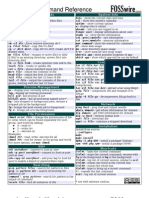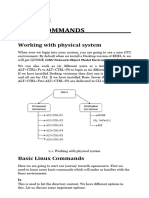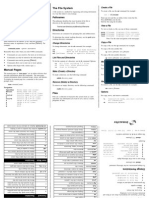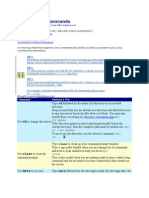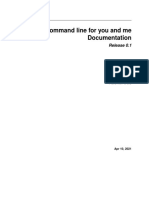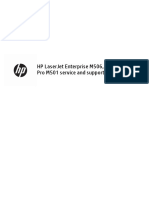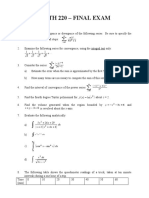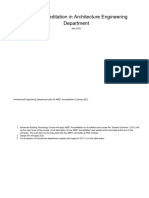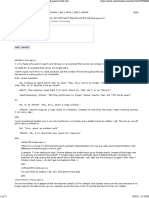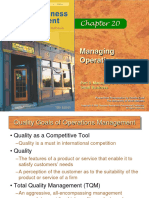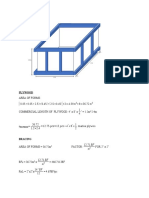0% found this document useful (0 votes)
26 views58 pagesUbuntu Linux Essentials Course Documentation
The document provides an overview of file and directory management commands in a command-line environment, including creating, navigating, and displaying files and directories. It covers commands like mkdir, cd, ls, and touch, along with file globbing and metacharacters for file manipulation. Additional sections address user and group administration, file permissions, system shutdown, networking, process management, and file compression.
Uploaded by
mustafaabdelsalam49Copyright
© © All Rights Reserved
We take content rights seriously. If you suspect this is your content, claim it here.
Available Formats
Download as PDF, TXT or read online on Scribd
0% found this document useful (0 votes)
26 views58 pagesUbuntu Linux Essentials Course Documentation
The document provides an overview of file and directory management commands in a command-line environment, including creating, navigating, and displaying files and directories. It covers commands like mkdir, cd, ls, and touch, along with file globbing and metacharacters for file manipulation. Additional sections address user and group administration, file permissions, system shutdown, networking, process management, and file compression.
Uploaded by
mustafaabdelsalam49Copyright
© © All Rights Reserved
We take content rights seriously. If you suspect this is your content, claim it here.
Available Formats
Download as PDF, TXT or read online on Scribd
/ 58
